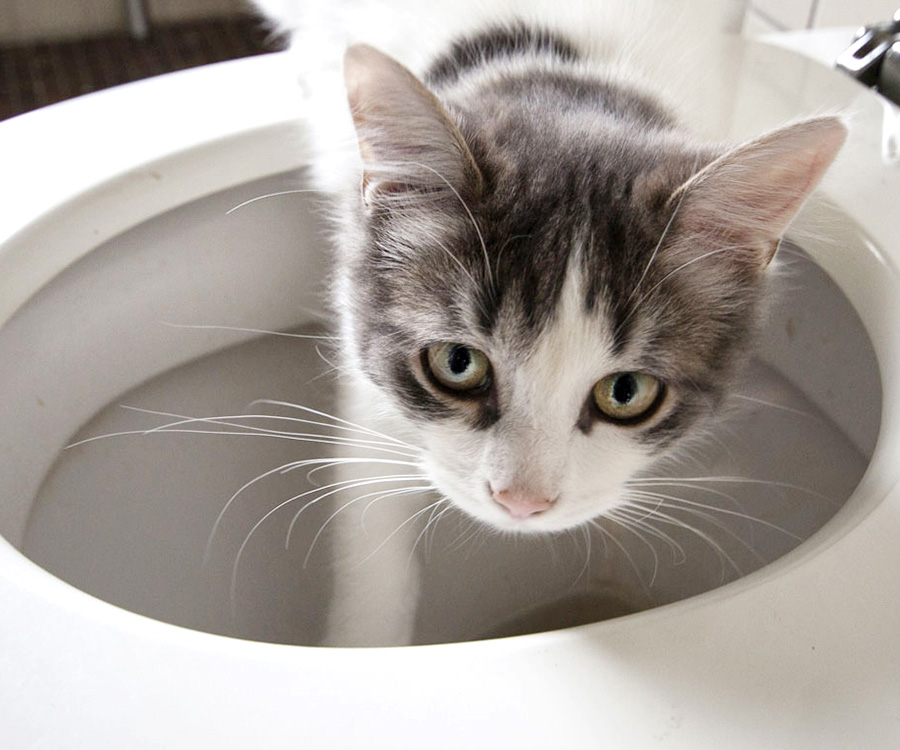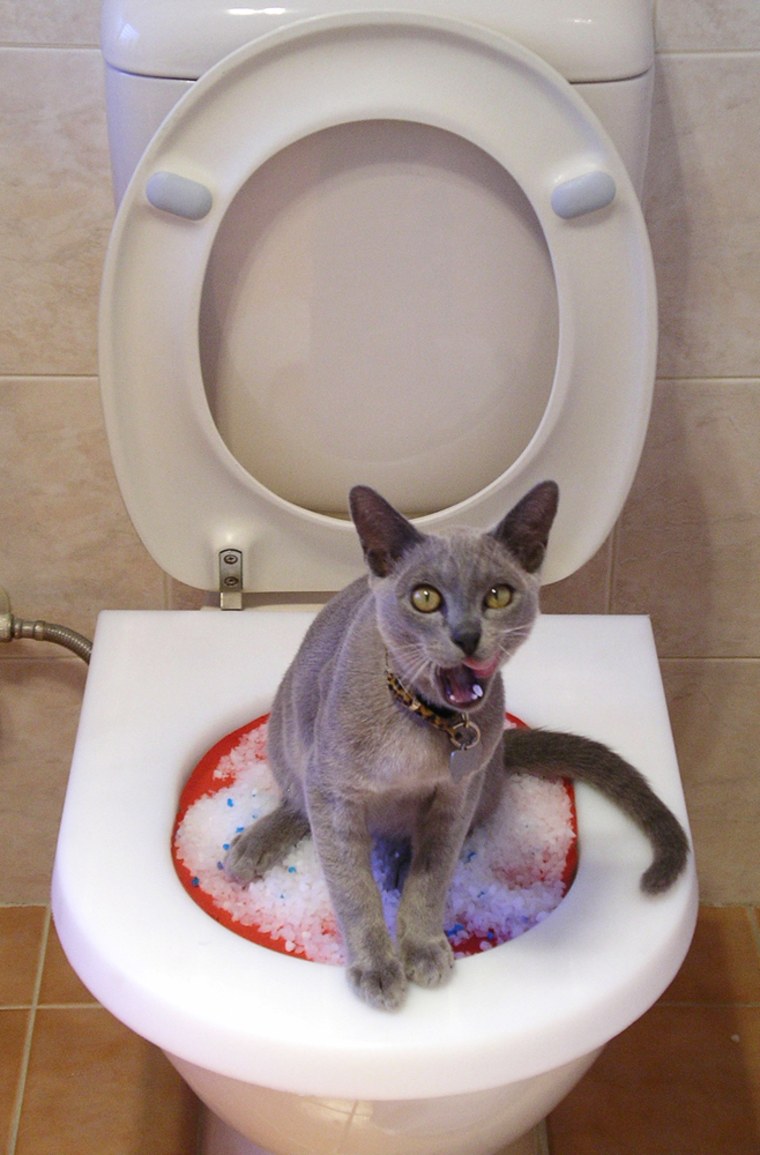Why You Ought to Avoid Flushing Animal Waste Down the Toilet
Why You Ought to Avoid Flushing Animal Waste Down the Toilet
Blog Article
What're your thoughts regarding Don't Flush Your Pets Poo Down The Loo, Vet Warns?

When it comes to dealing with waste, specifically animal waste, lots of people frequently resort to the practical option of flushing it down the bathroom. However, this seemingly very easy remedy can have significant consequences for the environment and public health. In this article, we'll check out why flushing pet waste down the toilet is a bad idea and offer alternative methods for appropriate disposal.
Intro
Proper waste disposal is critical for preserving environmental sustainability and public health. While it may seem safe to purge animal waste down the toilet, it can bring about numerous issues, both for the setting and human wellness.
Threats of flushing animal waste
Environmental influence
Purging animal waste presents hazardous microorganisms and virus right into waterways, which can adversely impact aquatic ecological communities. These microorganisms can contaminate water resources and injury aquatic life, disrupting delicate communities.
Public health issues
Animal waste consists of harmful bacteria such as E. coli and Salmonella, which can present significant wellness risks to human beings. Purging animal waste down the toilet can contaminate water materials, causing the spread of illness and infections.
Alternatives to flushing
Rather than flushing pet waste down the bathroom, there are numerous alternative disposal techniques that are more eco-friendly and sanitary.
Composting
Composting pet waste is an eco-friendly means to deal with it. By composting, organic matter is broken down right into nutrient-rich soil, which can be utilized to feed gardens and plants.
Landfill disposal
Taking care of pet waste in a landfill is another option. While not as environmentally friendly as composting, it is a safer choice to flushing, as it protects against the contamination of water resources.
Animal waste disposal systems
There are specialized pet dog garbage disposal systems offered that securely and hygienically deal with animal waste. These systems often utilize enzymes to break down waste and remove odors.
Steps to proper pet garbage disposal
To ensure proper disposal of animal waste, follow these actions:
Scooping and getting waste
On a regular basis scoop and bag animal waste using naturally degradable bags. This stops waste from contaminating the environment.
Utilizing assigned waste bins
Dispose of bagged animal waste in designated waste containers, such as compost bins or landfill bins. Stay clear of flushing it down the commode whatsoever prices.
Cleansing can and pet dog locations consistently
On a regular basis clean litter boxes and animal areas to stop the accumulation of waste and microorganisms. Usage pet-safe cleaning products to keep health.
Advantages of correct disposal approaches
Taking on proper check here disposal approaches for animal waste uses numerous advantages:
Decreased environmental pollution
Appropriate disposal methods minimize the threat of environmental pollution, protecting waterways and ecological communities from contamination
Minimized risk of water contamination.
By avoiding flushing animal waste down the commode, the danger of water contamination is dramatically minimized, protecting public health.
Enhanced cleanliness and hygiene
Appropriate disposal approaches advertise far better cleanliness and health, developing a safer environment for both people and animals.
Final thought
To conclude, purging animal waste down the commode is hazardous to the setting and public health. By adopting alternate disposal methods and adhering to appropriate waste management practices, we can reduce the unfavorable influence of pet waste and contribute to a cleaner, much healthier world.
What To Do With Dog Poo – The Do's And Don'ts Of Disposing Of Faeces
Dog poo bins
Some councils provide dedicated dog waste bins in popular dog-walking areas that can take dog poo that has been bagged but you can legally dispose of dog waste in any public litter bin, as long as it is securely bagged. This also applies to your wheelie bin at home.
Do not flush
Water companies do not recommend flushing dog faeces down the toilet because certain parasites can survive the water processing treatment and are potentially harmful to humans. You should also never consider flushing dog poo that has been bagged down the toilet as the bags will not break down and instead create severe blockages in the sewage system.
In the woods
The Forestry Commission promotes a ‘stick and flick’ method for dealing with waste in the woods. This means finding a stick and using it to flick any poo from off the path so that it is out of the way of other walkers. You could also bury it as long as it is not in an area where there might be livestock.
Livestock
Parasites found in dog poo can be transmitted to livestock if they inadvertently eat infected faeces that has been left on grazing land. This could result in the death of sheep or abortion in cattle so you should always make sure you pick up your dog’s waste in fields where livestock could be present.

On a regular basis clean litter boxes and animal areas to stop the accumulation of waste and microorganisms. Usage pet-safe cleaning products to keep health.
Advantages of correct disposal approaches
Taking on proper check here disposal approaches for animal waste uses numerous advantages:
Decreased environmental pollution
Appropriate disposal methods minimize the threat of environmental pollution, protecting waterways and ecological communities from contamination
Minimized risk of water contamination.
By avoiding flushing animal waste down the commode, the danger of water contamination is dramatically minimized, protecting public health.
Enhanced cleanliness and hygiene
Appropriate disposal approaches advertise far better cleanliness and health, developing a safer environment for both people and animals.
Final thought
To conclude, purging animal waste down the commode is hazardous to the setting and public health. By adopting alternate disposal methods and adhering to appropriate waste management practices, we can reduce the unfavorable influence of pet waste and contribute to a cleaner, much healthier world.
What To Do With Dog Poo – The Do's And Don'ts Of Disposing Of Faeces
Dog poo bins
Some councils provide dedicated dog waste bins in popular dog-walking areas that can take dog poo that has been bagged but you can legally dispose of dog waste in any public litter bin, as long as it is securely bagged. This also applies to your wheelie bin at home.
Do not flush
Water companies do not recommend flushing dog faeces down the toilet because certain parasites can survive the water processing treatment and are potentially harmful to humans. You should also never consider flushing dog poo that has been bagged down the toilet as the bags will not break down and instead create severe blockages in the sewage system.
In the woods
The Forestry Commission promotes a ‘stick and flick’ method for dealing with waste in the woods. This means finding a stick and using it to flick any poo from off the path so that it is out of the way of other walkers. You could also bury it as long as it is not in an area where there might be livestock.
Livestock
Parasites found in dog poo can be transmitted to livestock if they inadvertently eat infected faeces that has been left on grazing land. This could result in the death of sheep or abortion in cattle so you should always make sure you pick up your dog’s waste in fields where livestock could be present.

I am very interested by 4 Reasons Why Dog Poop Cleanup is Important and I'm hoping you appreciated our entry. I beg you take the opportunity to promote this content if you enjoyed reading it. Thank-you for taking the time to read it.
Call Report this page